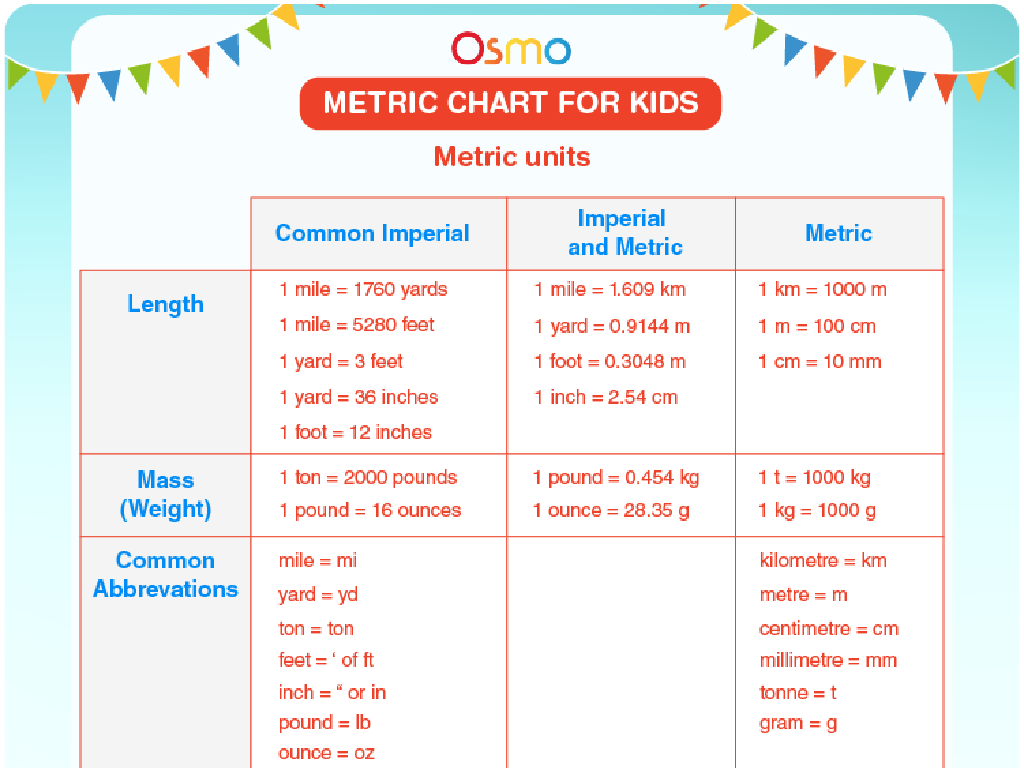The Byzantine Empire
Subject: Social studies
Grade: Sixth grade
Topic: Rome And The Byzantine Empire
Please LOG IN to download the presentation. Access is available to registered users only.
View More Content
Welcome to the Byzantine Empire!
– Rome’s legacy to the Byzantine
– The Byzantine Empire continued many aspects of Roman culture and governance.
– The Byzantine Empire’s rise
– Learn how the empire thrived after the fall of Rome.
– Cultural and legal contributions
– Explore the rich culture, art, and Justinian’s Code.
– Preview of today’s lesson
|
This slide introduces the Byzantine Empire, emphasizing its connection to the legacy of the Roman Empire. Students will understand how the Byzantine Empire carried on Roman traditions in government, law, and culture, and how it distinguished itself as a powerful entity in its own right. Highlight the empire’s resilience after the fall of Rome, its cultural achievements, and its legal innovations, particularly Justinian’s Code. The lesson will delve into the empire’s history, society, and lasting impact on the modern world. Encourage students to think about how empires preserve and transform the legacies of their predecessors.
The Fall of Rome and the Rise of Byzantium
– Factors leading to Rome’s fall
– Economic struggles, invasions, and internal conflict weakened Rome.
– Introduction to the Byzantine Empire
– The Eastern Roman Empire thrived as the Western Empire fell.
– Continuation of Roman legacy
– Byzantium’s distinct identity
– Byzantium developed its own culture, separate from Rome.
|
This slide aims to provide an overview of the transition from the Roman Empire to the Byzantine Empire. Discuss the various factors that contributed to the decline of the Western Roman Empire, such as economic troubles, military invasions, and political instability. Introduce the Eastern Roman Empire, later known as the Byzantine Empire, which preserved and continued the Roman legacy for a thousand years after the fall of Rome. Highlight how the Byzantine Empire eventually formed a distinct cultural and political identity, differentiating itself from its Roman roots. Encourage students to think about how empires can change and evolve over time, and the factors that contribute to their longevity or decline.
Constantinople – The Heart of the Byzantine Empire
– Strategic location of Constantinople
– Positioned between Europe and Asia, controlling key trade routes.
– Cultural hub and economic powerhouse
– A melting pot of cultures, leading center for art, education, and commerce.
– Preserver of Roman traditions
– Kept Roman laws, art, and learning alive after the fall of Rome.
– Crossroads of continents
– Linked traders from the East and West, facilitating exchange of goods and ideas.
|
This slide aims to highlight the significance of Constantinople in the Byzantine Empire. Emphasize its geographical importance, situated on the Bosporus strait, which made it a strategic defense point and a gateway between two continents. Discuss how its position influenced its cultural and economic prosperity, becoming a nexus for trade and a cradle for the preservation of Roman culture. Explain how Constantinople served as a bridge between the ancient and medieval worlds, safeguarding Roman heritage, including legal codes, architecture, and Christian religion, which would have otherwise been lost. Encourage students to consider the impact of geography on a city’s development and historical importance.
Justinian I – The Great Emperor of Byzantium
– Emperor Justinian’s reign
– Ruled from 527-565, known for expansive policies and strengthening the empire.
– The Justinian Code’s role
– A collection of laws that influenced many legal systems worldwide.
– Hagia Sophia’s construction
– An architectural marvel of the time, symbolizing Byzantine grandeur.
– Justinian’s lasting legacy
|
Justinian I was one of the most notable emperors of the Byzantine Empire, ruling from 527 to 565 AD. His reign was marked by significant legal and architectural achievements. The Justinian Code was a comprehensive compilation of laws, serving as a foundation for many modern legal systems. One of his most famous architectural contributions was the Hagia Sophia, an enormous cathedral in Constantinople, which stood as a testament to the empire’s wealth and sophistication. Justinian’s impact extended beyond his lifetime, leaving a legacy that shaped both the Byzantine Empire and the modern world. Encourage students to discuss how laws from the past can influence present-day legal systems and to explore the cultural importance of architectural landmarks.
Byzantine Society and Culture
– Daily life in Byzantium
– Explore how Byzantines lived, worked, and played
– Role of the Eastern Orthodox Church
– Learn how religion shaped society and politics
– Byzantine art and architecture
– Discover unique styles of mosaics and domed buildings
– Influence on the modern world
– See how Byzantine culture impacts us today
|
This slide aims to give students a glimpse into the rich culture and society of the Byzantine Empire. Discuss the daily life of Byzantines, including their social structure, markets, and family life. Highlight the central role of the Eastern Orthodox Church in both religious and political realms. Introduce students to the distinctive art of the Byzantine Empire, particularly its mosaics and iconic architecture like the Hagia Sophia. Finally, connect the past to the present by discussing the lasting influence of Byzantine culture on modern art, architecture, and religion. Encourage students to think about how history influences today’s society.
The Military of the Byzantine Empire
– Byzantine defensive strategies
– Used walls, Greek fire, and strategic geography
– Notable battles and tactics
– Battle of Yarmouk and use of ‘Greek fire’
– Military’s role in empire’s endurance
– Protected and expanded the empire for centuries
– Structure of Byzantine military
– Organized into themes, or military districts
|
The Byzantine military was a cornerstone of the empire’s strength and longevity. Discuss the innovative defensive strategies, such as the use of the massive Theodosian Walls and Greek fire, a flammable liquid used in naval battles. Highlight famous battles like the Battle of Yarmouk, which showcased Byzantine tactics. Emphasize the military’s crucial role in not only defending but also maintaining the empire’s territories over time. Explain the military structure, including the division into themes, which were both administrative and military districts. This structure allowed for efficient management and defense of the empire. Encourage students to consider how these strategies and structures contributed to the Byzantine Empire’s ability to survive for over a thousand years.
The Decline of the Byzantine Empire
– Challenges faced by Byzantium
– Economic struggles, wars, and internal conflict weakened the empire.
– Constantinople’s fall in 1453
– The Ottoman Turks captured Constantinople, marking the end of the empire.
– Byzantine Empire’s lasting legacy
– Influenced modern law, art, and architecture.
|
This slide aims to summarize the factors that led to the decline of the Byzantine Empire, culminating in the fall of its capital, Constantinople, in 1453. Discuss the various challenges the empire faced, including economic troubles, military defeats, and political strife. Highlight the significance of the fall of Constantinople, which marked a pivotal moment in world history, as it ended the last remnants of the Roman Empire. Emphasize the Byzantine Empire’s influence on modern times, particularly its contributions to legal systems, cultural arts, and architectural styles that can still be seen today. Encourage students to reflect on how past civilizations continue to impact our world.
Class Activity: Create Your Own Mosaic
– Review mosaic significance
– Mosaics were vital in Byzantine art, depicting religious and imperial themes.
– Gather materials for craft
– Follow mosaic creation steps
– Cut colored paper into small pieces, arrange on cardboard, and glue in place.
– Present and discuss artwork
– Share your mosaic’s story and the inspiration behind your design with classmates.
|
This activity is designed to give students a hands-on experience with Byzantine art, specifically mosaics, which were a significant form of artistic expression in the Byzantine Empire. Start by explaining the historical and cultural importance of mosaics. Provide students with colored paper, glue, and cardboard. Guide them through the process of creating their own mosaic by cutting the paper into small pieces and arranging them into a design or pattern on the cardboard before gluing. Once completed, encourage students to share their mosaics with the class and discuss the inspiration behind their designs. This will help them appreciate the art form and understand its role in history. Possible variations of the activity could include creating a mosaic that represents a story from Byzantine history or a scene from daily life during that era.






